This personal post is written by guest blogger Meg Grealy – who speaks of her experience of returning from overseas and into quarantine.
Had you asked me in January, or even the beginning of March, what my April days were looking like they would sound achievable, nothing too extreme, just the routine of a twenty-something who had just moved to the UK on a working visa. I would have said a morning run (so I could make it across the finish line of the 10k I’d signed up to run on May 3rd) a 3-day work week, and an exploratory beer in various pubs across my new city. In hindsight, the only thing I managed to get right is the daily run (although it’s purpose is now to harness endorphins for the day). And yet the daily run is maybe the only thing that has kept me sane and allowed me to stay present in a period where everything is confusing. It seems the only effective strategy of taking control is to muddle through conflicting emotions and anxiety-inducing news cycles.
As we started this year during a bushfire crisis, I feel as if there has been a delay in processing my emotions. It is only since returning to Australia that I have processed my move to the UK that I have understood the feelings of loneliness in a new city, the emotions of a breakup two weeks into my move, and the reality of having to return home to Australia. The two weeks of mandatory quarantine involved a lot of sleep, a sense of denial, and a forced daily walk. The last day of the quarantine, it was as though a fog had lifted. Although not much had changed, other than I was free to go grocery shopping, I was faced with an endless amount of time that invited me to rethink my routine, how I work and what works for me. In the weeks since then, I’ve experimented with daily structures that keep me entertained, that keep me from falling into thoughts of impending doom, and keep my body and mind moving.
As someone who was unemployed before isolation, and still very much unemployed, I find routine an abstract concept, it at times has felt futile and as if acting on a stage. Routine has become something that has allowed me to remain present in an unexpected reality. My crafted routine has become a marriage of celebrating slow days and feeling accomplished. Central to building this routine has been exercise. A walk or run once a day began as a way to stave away the boredom, a run now signifies a new day. It gets me out of bed and has turned into a social activity, at a distance of course. Being up in the morning always leads to coffee, and in turn, it fuels the rest of the morning, when I garden and chase my dog around the yard. Other forms of exercise have also entered my day as friends also stuck in their homes are finding creative new ways to keep in touch and stay active. Without putting pressure on each other friends and I have challenged each other to a daily yoga practice, we’ve linked running apps so that we can virtually travel paths on the other side of the world.
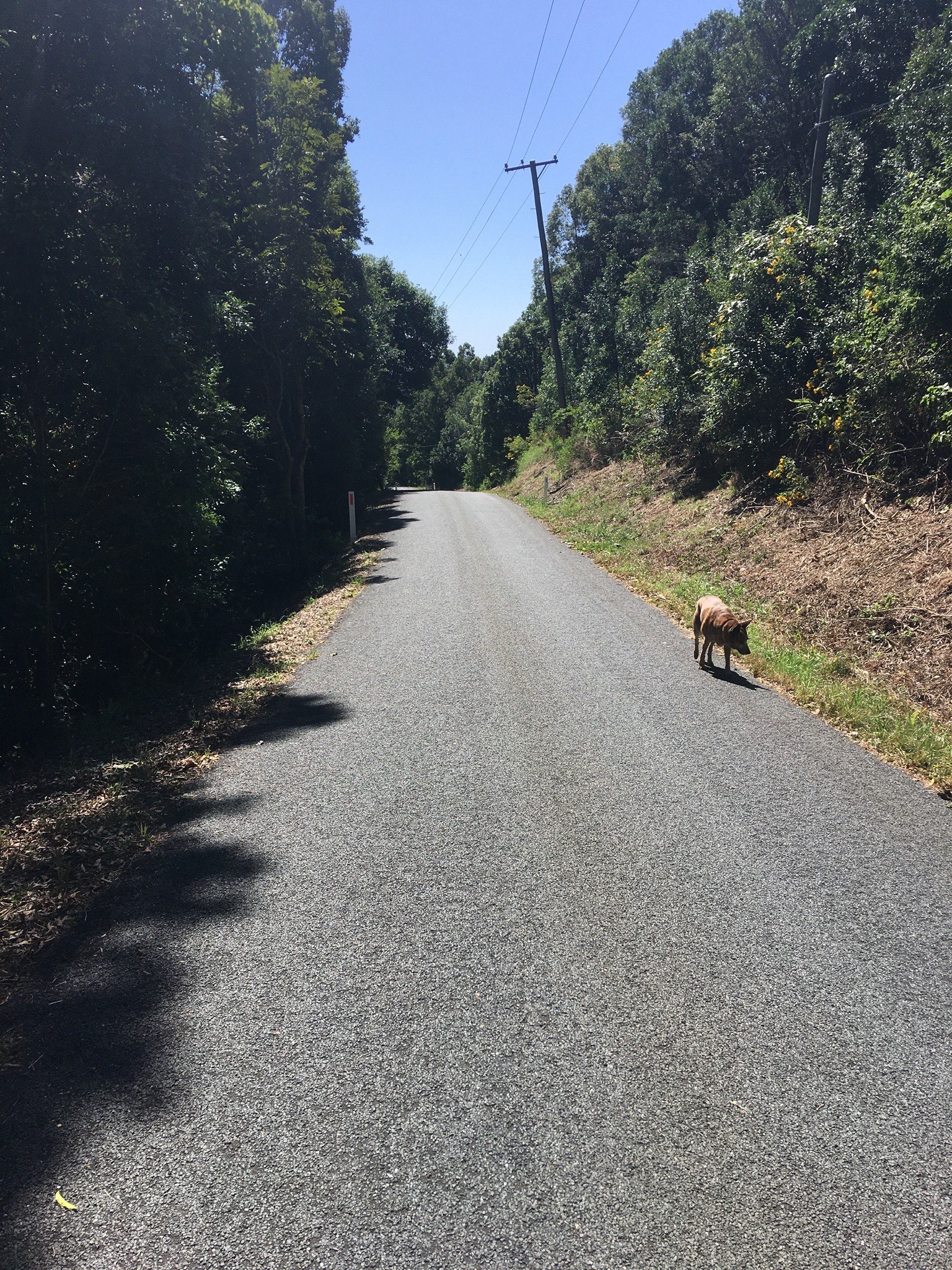
Other friends I have spoken to have also struggled with routine, as their work moves from an office building to their sharehouse living room. It is a fortunate place to be in at the moment, to keep a job or have work, but as everyone is feeling anxious about friends, family, and general existentialist confusion, keeping things ‘business as usual’ is almost near impossible. Enter once again, exercise as the vehicle to creating divisions between breakfast, lunch, and dinner, keeping households sane and friends connected. My friend’s household is structuring life around their deck. All meals are eaten there, business meetings are had, and through the week, they rotate between various exercise classes; barre, HIIT, and yoga, each housemate taking responsibility for leading everyone through the class.
Many local exercise studios have taken their classes online, with some still only open to members, others are asking for a donation to help support their instructors. It’s worth checking out your local studio’s social media page for this information.
An easy access yoga class for those short on money can look to Yoga with Adrienne, her 30 Days of Yoga, is a good place to start. Online classes can be a great way for you to keep in contact with friends by challenging them to share in the 30-day stretch journey together.
The Nike Run Club app is a great way to create running goals and keep motivated with their guided runs feature. Or if you have friends nearby, consider creating your own physically distant but emotionally close, run club.
If you love to dance or all your excess energy needs redirecting, I would recommend trying out Brisbane’s own inclusive dance company, “Bring A Plate Dance,” which has moved their classes online.
I would also recommend the team behind Groove Therapy by joining in their weekly live-streamed class events or taking some time out of your week to sign up for their online self-paced dance class.
These are only a handful of people and places helping you to stay active and sane. If classes don’t appeal, try hosting your own class with housemates or with friends via video call. Take inspiration from this fitness instructor in Spain who brought his community together with an inclusive workout.
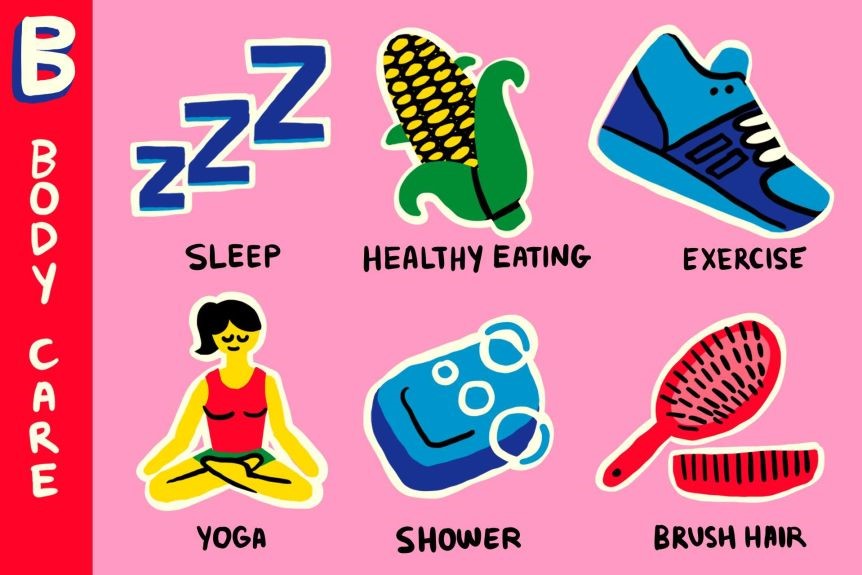
I would recommend this ABC Life article, which gives an illustrated guide to self-care, which keeps you accountable to holistically attending to the body and mind.
Despite all of these suggestions, our current situation is confusing and maybe scary for some. So, it’s important that you do things that make you feel safe and secure. One final exercise analogy: think of this period of isolation as a marathon, not a sprint, take your days slow, build up stamina, and if you need to sleep in some mornings.

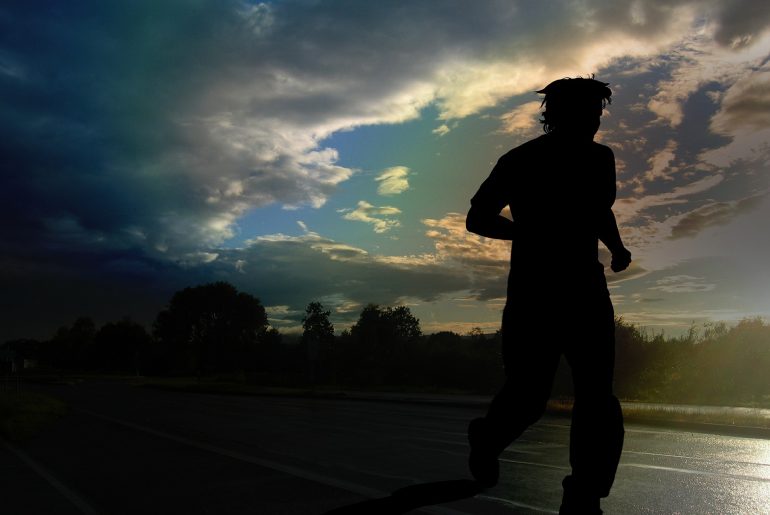
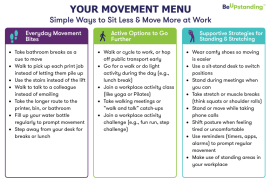

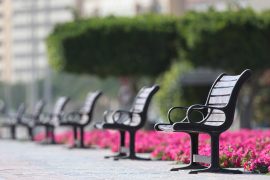



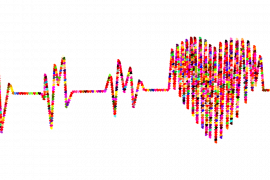
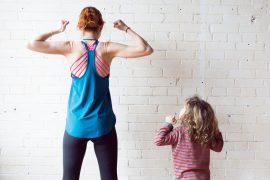
Comments are closed.